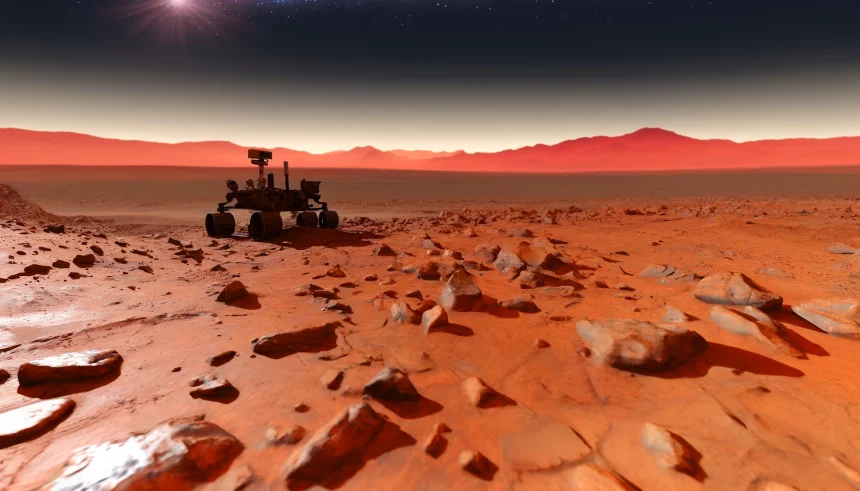Astronomers have gained new insights into the possible existence of intermediate-mass black holes (IMBHs) through a recent study focused on the globular cluster M15. This research provides compelling evidence suggesting that an IMBH may play a role in the dynamics of this densely packed stellar environment. Understanding IMBHs presents a significant challenge as they lie in a mass range between 100 solar masses and several million solar masses, making their discovery crucial for astrophysical research.
What Evidence Points to the Presence of an IMBH?
The latest study indicates that a high-velocity star named J0731+3717, which was ejected from M15, offers strong clues regarding an IMBH’s existence. Researchers suggest that gravitational interactions with a hypothetical IMBH in M15 could explain the star’s unexpected trajectory. This interpretation aligns with findings in earlier reports that also alluded to the presence of an IMBH in this cluster.
How Does the M15 Environment Support IMBH Formation?
M15 features an exceptionally high stellar density, making it a prime location for IMBH formation. Strong stellar interactions in such environments are conducive to creating larger black holes through the merging of smaller ones or the direct collapse of massive stars. This density, estimated to be one million times greater than that in our solar vicinity, fosters conditions where stars can collide and merge frequently, contributing to the potential accumulation of IMBHs.
What Are the Implications of This Research on IMBH Understanding?
The findings of the research from the University of Chinese Academy of Sciences highlight the importance of IMBHs in bridging gaps between stellar-mass and supermassive black holes. While evidence for their existence is growing, many astronomers urge caution before concluding anything definitive. The study’s authors, noting the critical nature of IMBH understanding, state,
“The existence of intermediate-mass black holes is crucial for understanding various astrophysical phenomena, yet their existence remains elusive.”
The collective evidence for IMBHs is starting to develop, with potential breakthroughs expected in coming years thanks to advanced observational techniques from missions like Gaia. Researchers foresee numerous discoveries within nearby volumes of space that could shine a light on the evolutionary relationships among different types of black holes. Notably, it is even possible for future telescopes to visually capture IMBHs, building anticipation within the scientific community for what lies ahead.










